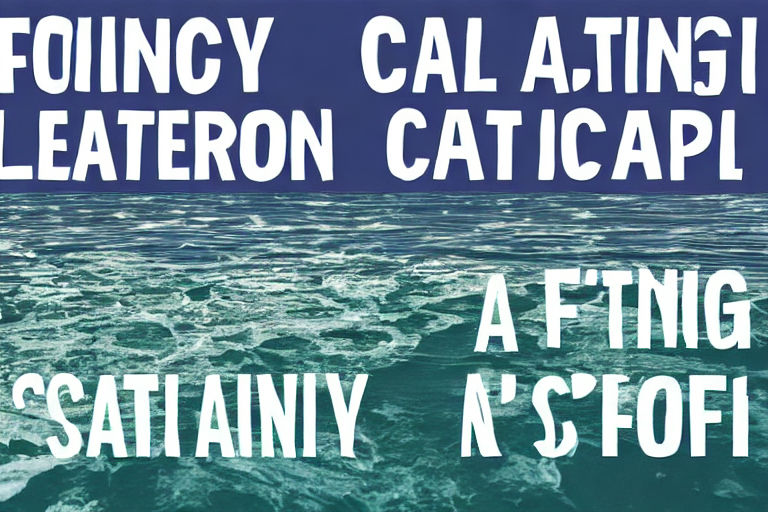Creating Dynamic Visuals for Your Website: Discovering the Power of d3.js
In today’s digital world, it’s essential for your website to stand out and make an impact. One of the most effective ways to achieve this is through the use of stunning visuals.
Dynamic visuals that engage your audience and tell a story can help drive traffic to your site and keep users engaged. d3.js is a powerful JavaScript library that makes it possible to create these visuals and bring your website to life.
What is d3.js?
d3.js stands for Data-Driven Documents, and it’s a JavaScript library that allows users to create beautiful and dynamic visualizations for the web. It’s open-source and completely free, making it a popular choice for developers looking to create engaging content.
It’s important to note that d3.js isn’t a charting library. It’s a tool that allows developers to create custom visualizations and manipulate data in ways that traditional charting libraries do not allow.
Why Use d3.js?
There are several reasons why developers choose to use d3.js:
- Flexibility: With d3.js, it’s possible to create highly customized, unique visualizations that can be tailored to your specific needs.
- Integrations: d3.js can integrate with other libraries and frameworks, making it highly versatile and adaptable for a wide range of projects.
- Scalability: d3.js is highly scalable, meaning it can handle large amounts of data without compromising on performance.
Getting Started with d3.js
If you’re new to d3.js, getting started may seem intimidating at first. However, there are many resources available to help you get up and running quickly.
The official d3.js website provides extensive documentation and tutorials, making it easy to learn the basics. There are also numerous blogs, articles, and videos available online that can help you dive deeper into the library’s capabilities.
Creating Visualizations with d3.js
Once you’ve familiarized yourself with the basics of d3.js, it’s time to start creating your own visualizations.
One of the most popular types of visualizations created with d3.js is the bar chart. This type of chart is ideal for displaying categorical data and can be customized to match your site’s branding and design.
Another popular type of visualization is the scatter plot. This type of chart is great for displaying correlations and patterns in large datasets.
Conclusion
d3.js is a powerful tool that allows developers to create custom, engaging visualizations for their websites. Whether you’re creating a simple bar chart or a complex interactive graphic, d3.js has everything you need to bring your ideas to life.
By taking the time to learn this powerful library, you can create stunning visuals that will help drive traffic to your site and keep users engaged.



